|
On June 1st, we will be launching the official Women of Yoga kickstarter campaign!
This campaign will raise funds to translate and publish the 1955 book by Labanya Palit, a Ghosh lineage yoga teacher and author from Kolkata. It will also kick off the research into other women of yoga whose stories have been lost, forgotten or never told to begin with. You can read more about the project here! We hope you will join us in this important campaign! Sign up for the mailing list to be the first to know when it's live. Stay tuned...
0 Comments
A backbend is a movement of the spine. However, usually the hips also move into extension, creating the appearance of the body bending back more deeply. In some postures, this action is quite simple. The back muscles engage to bend the spine backward, and the glutes engage to extend the hips. The body will either move, or if the correct muscles do not engage, it won’t. While the principles stay the same, the application of them gets more complicated when the hands grab the feet like in Bow Pose, Dhanurasana. The instruction commonly given in Bow Pose is to “kick!” However the body has two ways of kicking. Each result in a very different outcome in the body. 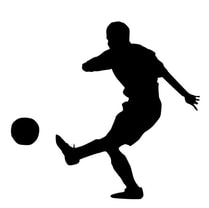 The first is the kick of a soccer player kicking a ball. This is an action of the quadriceps, which engage to straighten the knee and flex the hip. To a certain extent, the action of straightening the knee is ok in Bow Pose, but flexing the hip is not. Remember, a backbend is the spine extending, usually with the hips extending as well. If you use your quadriceps to kick in Bow, it’s possible (and common) to move in the wrong direction. Many people end up working really hard, while unknowingly trying to flex the hips instead of extending them. 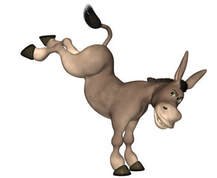 The second way the body can kick is that of a donkey. In this kick, the glutes engage to extend the hip, resulting in the foot kicking back and up; a donkey kick. This is the correct way to kick in Bow Pose. So, the next time you are practicing Bow Pose, channel your inner donkey and not your favorite soccer player. Western medicine has known for decades (and yogis have known for thousands of years) that controlling the breath is a powerful tool to access the mind.
Now we know that this connection is largely via the autonomic nervous system. Every time we inhale, the heart rate goes up a little. And every time we exhale, the heart rate goes down a little. This is controlled by the two parts of the autonomic nervous system (sympathetic and parasympathetic, respectively). In everyday life we tend to get overwhelmed with tasks and stress, which causes an overstimulation of our "active" nervous system. Our heart rate stays a little higher, we have trouble relaxing and we feel this as stress. In recent years breathing techniques have been making their way into the popular culture, with everything from heart rate variability monitoring devices to smartphone apps that help you control the breath. This includes a great new app called the "Breathing App" developed by yogi Eddie Stern and Deepak Chopra. The basis of their app is so-called "resonance" breathing, a specific, regular tempo that has benefits like lowering the blood pressure, improving heart rate variability and positive applications for anxiety and depression. The tempo is not difficult to achieve and is accessible for nearly every person. It ranges from breathing 5-7 times per minute as opposed to our normal rate that is closer to 15 times per minute. (5 times per minute is 12 seconds for a complete inhale & exhale. 7 times per minute is about 9 seconds for a complete inhale & exhale.) We recommend the "Breathing App." It is free and quite simple to use. It requires nothing more than a couple minutes of your time to breathe, regulating your inhale and exhale to achieve the coherence and resonance between the breath, heart and nervous system. Hopefully it will bring a little bit of peace, relaxation and well-being. A common statement in many yoga classes is do what serves you. While on its face it seems like a useful and harmless instruction, it should be approached with caution. In yoga, doing "what serves you" takes you in the wrong direction for several reasons.
First, we don’t know what serves us! As students, we should seek to expand our limitations and beliefs. If we act within the confines of what we already believe serves us, it's possible that we are simply building up the structures in our mind. Doing what serves us can build up a false sense of knowing. But this false sense of knowing is what the practice of yoga is trying to undo. If we look at this statement do what serves you on a deeper level, we find conflict in it. This statement takes the definition of who we are for granted. Are we the body? Are we the mind? Who is the you this statement is talking about? In yoga practice, seeking the deeper definition of this word is the goal of the practice. Lastly, our job as yogis is to think about how we can serve, not to think about what is serving us. When we practice thinking about what serves us, our minds go in the wrong direction. With that mentality, we make the world into an entity that we believe should serve us in some way. We think about what we can get, and how we can personally benefit. But this is not the path of yoga. In yoga, we need to closely monitor how we act and what are actions are. When we do this, we realize that actions of service become a wonderful path for us to take. They connect us with humanity and other beings, instead of pitting us against others for personal gain. We should practice thinking about how we can serve, not about what should be serving us. This is the path of freedom. As yogis, we need to be careful of the pitfalls of the mind. We should seek to find out who we really are. From that place, we should serve. |
AUTHORSScott & Ida are Yoga Acharyas (Masters of Yoga). They are scholars as well as practitioners of yogic postures, breath control and meditation. They are the head teachers of Ghosh Yoga.
POPULAR- The 113 Postures of Ghosh Yoga
- Make the Hamstrings Strong, Not Long - Understanding Chair Posture - Lock the Knee History - It Doesn't Matter If Your Head Is On Your Knee - Bow Pose (Dhanurasana) - 5 Reasons To Backbend - Origins of Standing Bow - The Traditional Yoga In Bikram's Class - What About the Women?! - Through Bishnu's Eyes - Why Teaching Is Not a Personal Practice Categories
All
Archives
May 2024
|

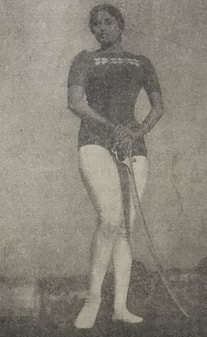
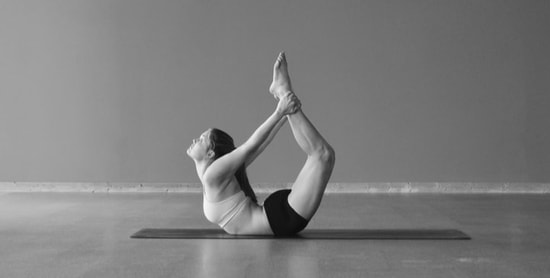
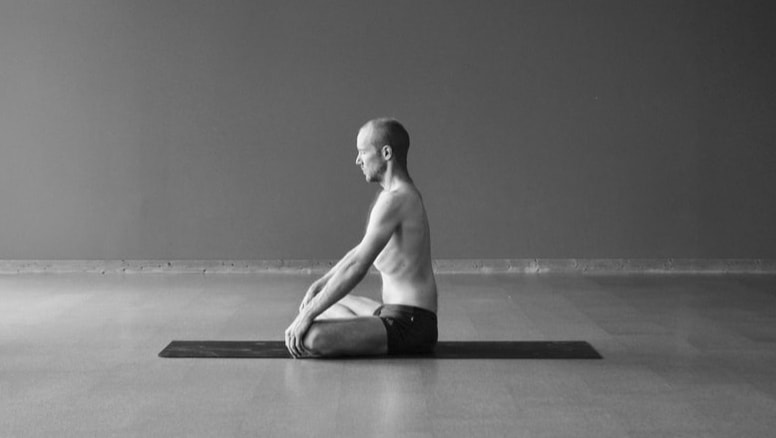
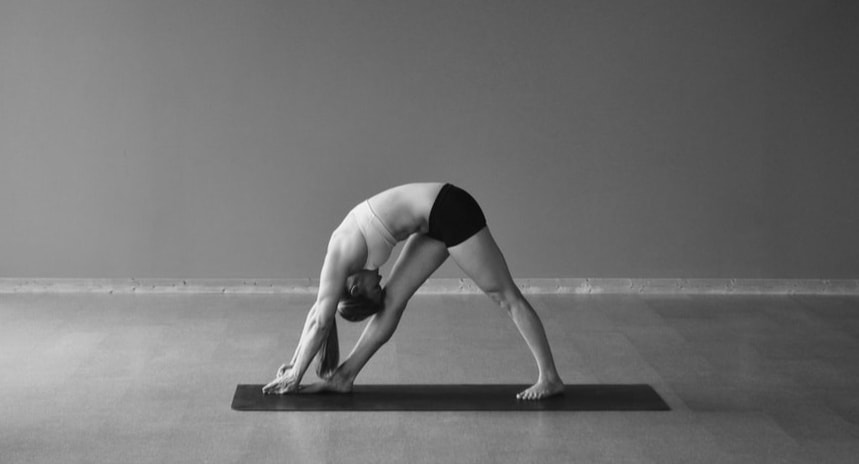





 RSS Feed
RSS Feed